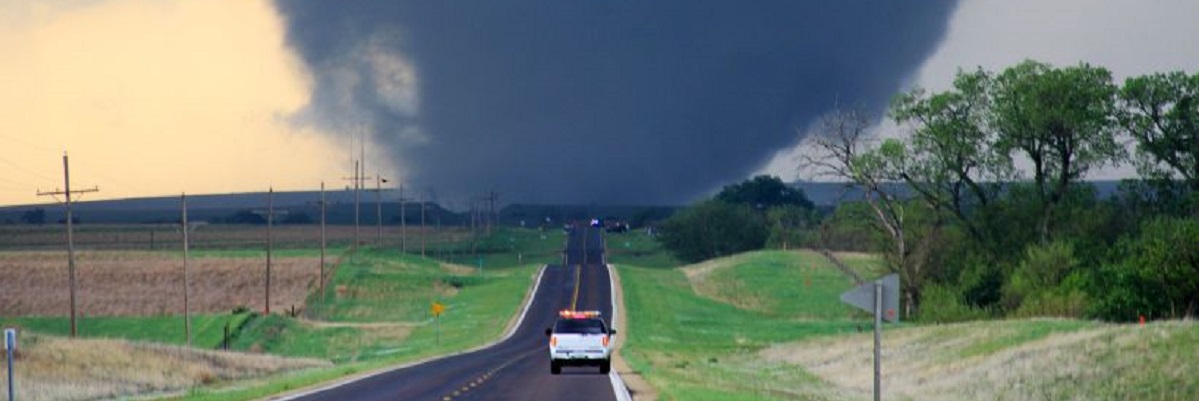Tornadoes: Information & Facts

Tornadoes can cause a significant amount of damage, including destroying buildings, ripping trees from the ground, and throwing large objects across wide areas.
Tornadoes are spinning columns of high winds spiralling around a centre of low atmospheric pressure. Sometimes called twisters, they often accompany a shroud of heavy rain or hail.
Be sure to know the difference between a tornado warning and a tornado watch:
- A tornado warning means there’s a tornado in your area, or that it will hit very soon. Watch out for evacuation orders.
- A tornado watch means there may be a tornado in your area. Closely monitor local weather reports for more information.
Tornado Basics
Tornadoes can travel quickly, up to 70 kilometres per hour, leaving a path of destruction in their wake. A tornado can also be fairly small and only touch the ground momentarily. They typically occur in the afternoon and evening, but can also hit in the middle of the night and they may appear in a sky that is green, yellow or black.Warning signs that a tornado may form include severe thunderstorms, very dark clouds highlighted with a few green or yellow areas, a rumbling sound, and a funnel cloud forming at the base of a dark cloud.
Tornadoes are most common in southern Quebec, Ontario and Alberta, as well as western New Brunswick, and across Manitoba and Saskatchewan. Tornado season is usually between April and September, with the strongest winds in June and July. Tornado winds can reach 500 km/h.
Every level of government has plans in place to protect communities during tornadoes. Weather reports can help you react in time to evacuate, but there’s also a lot you and your family can do to be prepared and stay safe if a tornado hits your community.
Environment Canada’s Public Weather Alerts keep you up-to-date on tornado warnings in your area.
After a Disaster
Recovering after a disaster can be overwhelming. Check out what resources the Red Cross has to offer.
Get an Emergency Kit
Getting or making a kit is the final step in being ready for any emergency. Find out what you need to put in it.
